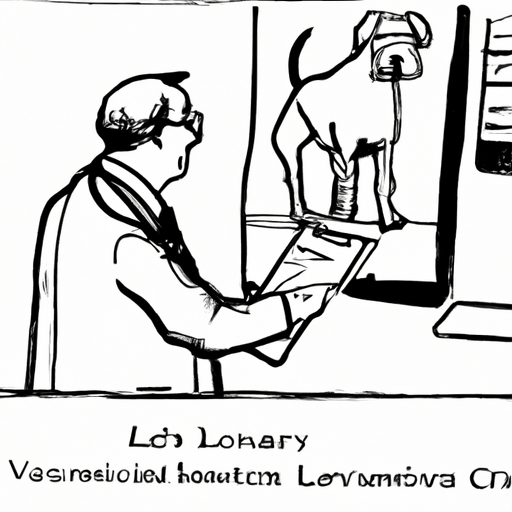Understanding ALT Levels and Their Importance
As a caring pet parent, it is essential to understand what ALT levels mean for your furry friend’s health. Alanine Aminotransferase (ALT) is an enzyme found in various body tissues, but primarily in the liver. When liver cells are injured or damaged, ALT is released into the bloodstream, resulting in elevated ALT levels. This can alert vets to potential liver disease or injury in your dog.
Recognizing Symptoms of High ALT Levels
Keep an eye out for certain symptoms that may indicate high ALT levels in your dog. These can include:
- Loss of appetite
- Vomiting
- Diarrhea
- Lethargy
Remember, it’s always best to consult your vet if you notice any unusual behavior or symptoms in your dog.
Causes of High ALT Levels in Dogs
Many factors can contribute to high ALT levels in dogs. Some of the common ones are:
- Liver disease
- Trauma to the liver
- Exposure to toxins or harmful substances
- Certain medications
Understanding the cause is crucial as it helps determine the most effective course of treatment.
Treatment Options for High ALT Levels
Once you’ve identified high ALT levels, the next step is determining the best treatment plan. Your vet may recommend:
- Dietary Changes: A diet low in protein and high in nutrients can help reduce the load on your dog’s liver.
- Medications: Certain medications can help manage the underlying cause of the elevated ALT levels.
- Regular Monitoring: Regular blood tests and check-ups can help monitor your dog’s ALT levels and liver health.
| Treatment Option | Purpose |
|---|---|
| Dietary Changes | Reduce load on liver |
| Medications | Manage underlying cause |
| Regular Monitoring | Track ALT levels and liver health |
Preventing High ALT Levels in Dogs
Prevention is always better than cure. Here are a few steps you can take to keep your dog’s ALT levels in check:
- Regular vet check-ups
- A balanced diet
- Keep your dog away from toxins and harmful substances
- Regular exercise to keep your dog fit and healthy
FAQs
Q: What is a normal ALT level for dogs?
A: Normal ALT levels can range from 10 to 100 units per litre.
Q: Can a high ALT level be a false alarm?
A: Yes, temporary elevations can occur. It’s best to retest after a few weeks to confirm.
Q: Will my dog’s ALT levels decrease with treatment?
A: With proper treatment and care, your dog’s ALT levels should decrease over time.
Q: How often should my dog’s ALT levels be checked?
A: This depends on your dog’s health and any underlying conditions. Your vet will provide guidance on this.
Remember, your dog’s health is in your hands. Stay alert, stay informed, and keep your vet in the loop.



